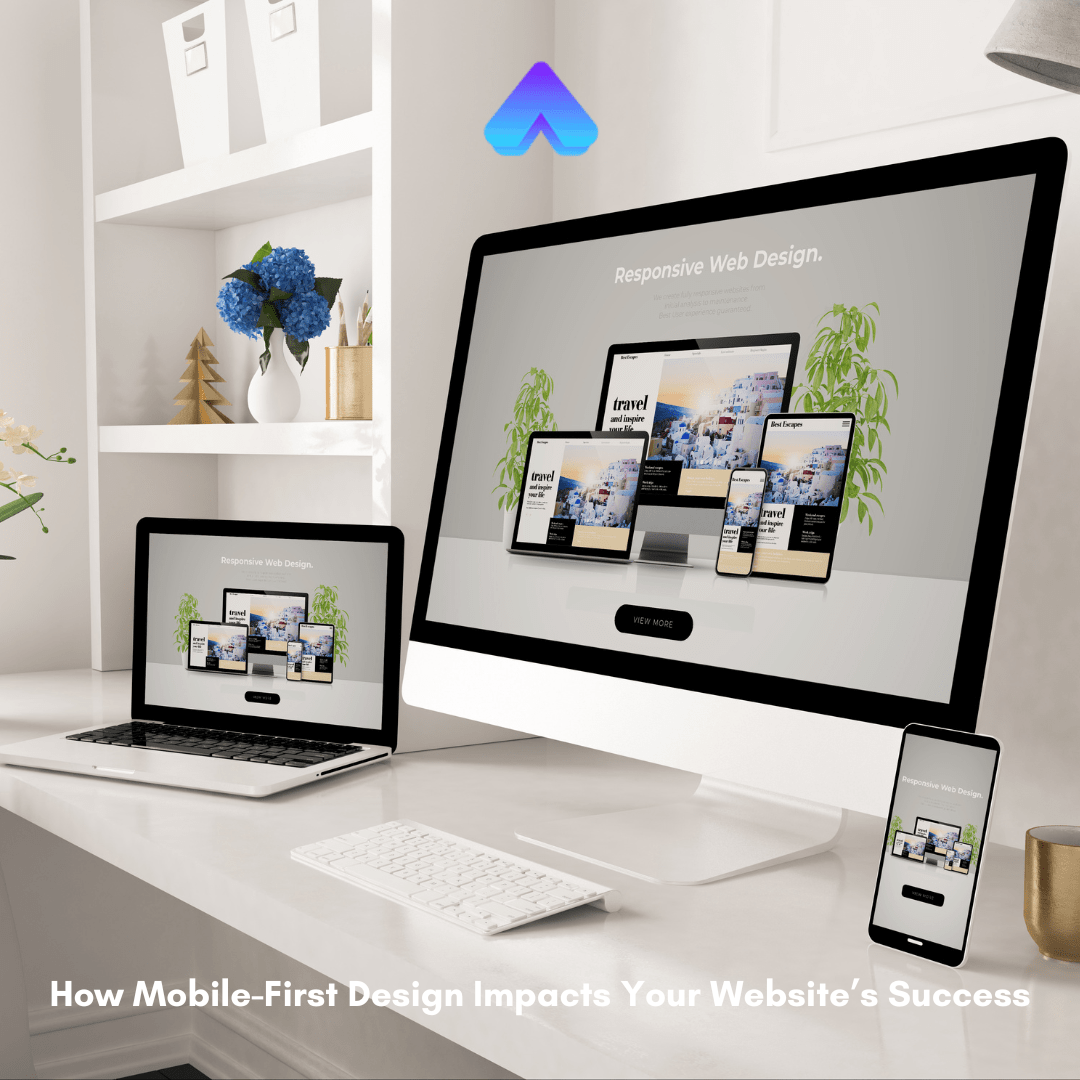



In today’s digital landscape, where the majority of internet users access websites through their mobile devices, mobile-first design has become an essential strategy for businesses aiming to succeed online. This approach prioritizes the mobile user experience, ensuring that websites are not just responsive but are fundamentally designed with mobile devices in mind. In this blog, we will explore how adopting a mobile-first design impacts your website’s success, delving into its influence on user experience, search engine optimization (SEO), and overall business outcomes.
The concept of mobile-first design emerged as a response to the significant shift in user behavior. As smartphones became more powerful and internet access more widespread, mobile web traffic began to surpass desktop usage. According to recent studies, mobile devices account for over 55% of global web traffic. This trend highlights the need for businesses to prioritize mobile users when designing their websites.
Mobile-first design flips the traditional approach of designing for desktop first and then scaling down for mobile. Instead, it begins with the mobile experience and then scales up for larger screens. This shift in perspective ensures that the website’s most essential features and content are optimized for the smallest screens, which often face the most constraints in terms of space, speed, and usability.
One of the most significant impacts of mobile-first design is the enhancement of user experience. When a website is designed with mobile users in mind, it naturally leads to a more streamlined and intuitive interface. This design approach forces designers to focus on the core elements that users need, eliminating unnecessary clutter and simplifying navigation.
For instance, mobile-first design encourages the use of larger touch targets, which are easier for users to tap on small screens. It also promotes the use of vertical scrolling, which is more natural on mobile devices compared to horizontal scrolling. These seemingly small changes can significantly improve the overall user experience, leading to higher engagement and longer time spent on the website.
Moreover, a positive user experience on mobile devices can lead to increased conversions. When users can easily navigate a site and find the information or products they are looking for, they are more likely to complete a purchase or take another desired action. In contrast, a website that is difficult to use on a mobile device may frustrate users, leading to higher bounce rates and lost opportunities.
Mobile-first design doesn’t just enhance user experience; it also plays a crucial role in search engine optimization (SEO). In 2018, Google rolled out its mobile-first indexing, which means the search engine predominantly uses the mobile version of a website’s content for indexing and ranking. This change underscores the importance of having a mobile-friendly website if you want to rank well in search engine results pages (SERPs).
A mobile-first website is likely to perform better in terms of SEO for several reasons:
The benefits of mobile-first design extend beyond user experience and SEO. They directly impact your business’s bottom line. As more consumers rely on mobile devices for shopping, research, and communication, businesses that fail to provide a seamless mobile experience risk losing customers to competitors who do.
Here’s how mobile-first design can influence your business outcomes:
Transitioning to a mobile-first design requires careful planning and execution. Here are some steps to consider:
In conclusion, mobile-first design is no longer optional; it’s a necessity for businesses looking to succeed in today’s digital landscape. By prioritizing the mobile user experience, you can enhance your website’s usability, improve SEO, and drive better business outcomes. As mobile traffic continues to grow, a mobile-first approach ensures that your website remains competitive, accessible, and effective in converting visitors into customers. Ready to optimize your website for mobile users? Contact us today to discuss how we can help you implement a mobile-first design strategy that drives success.